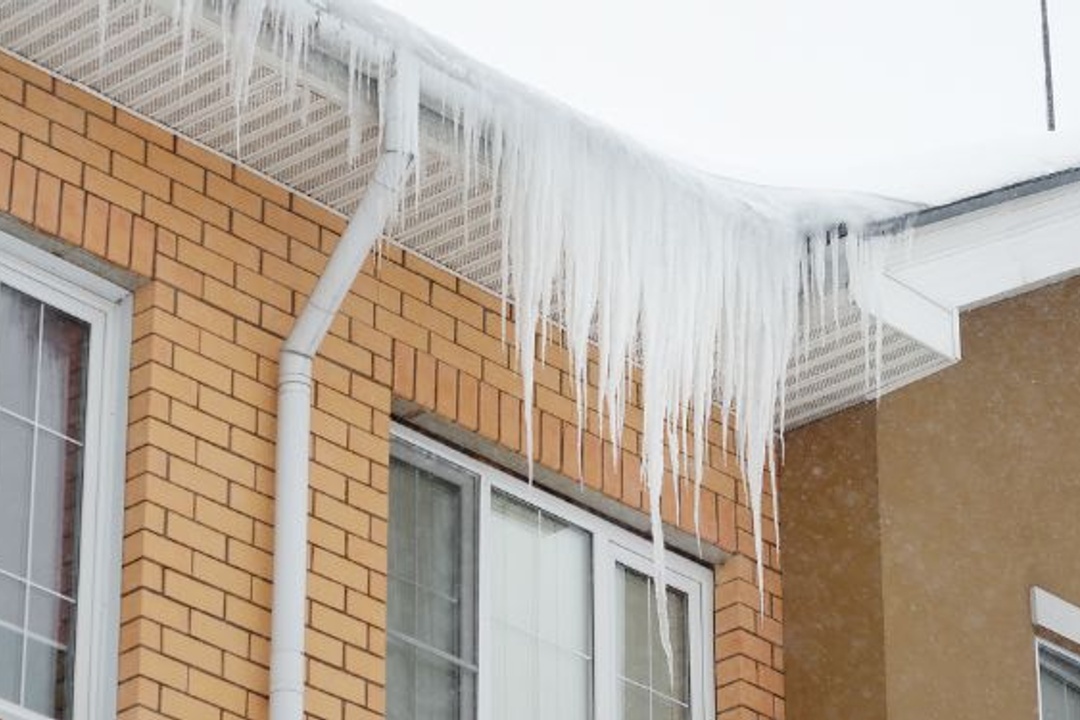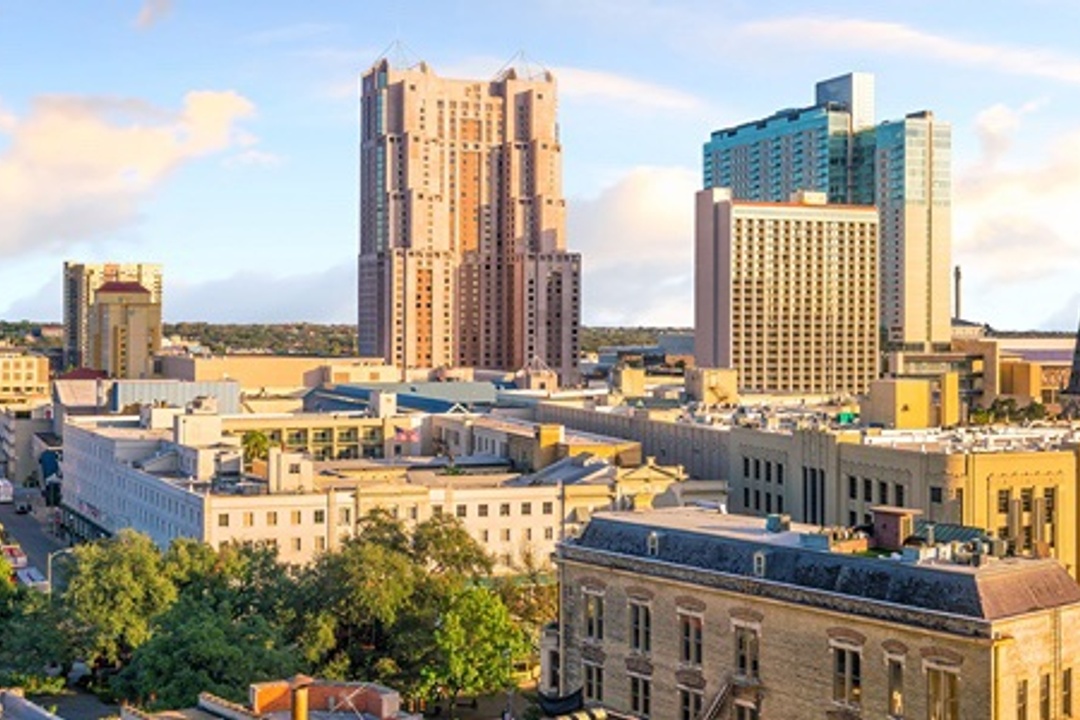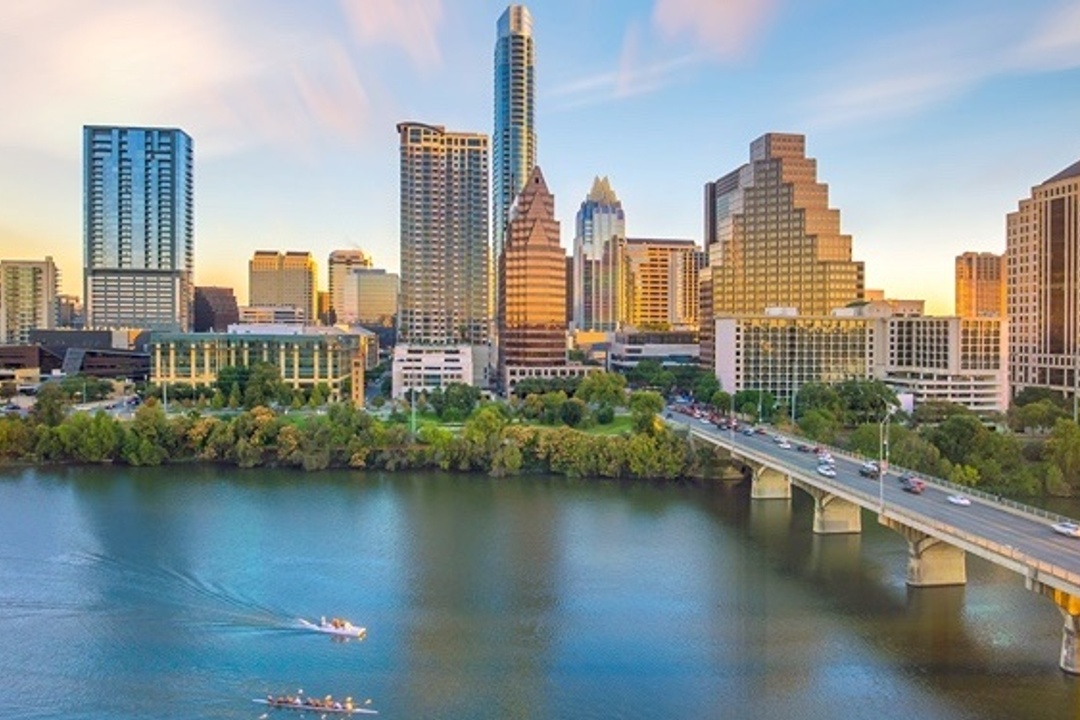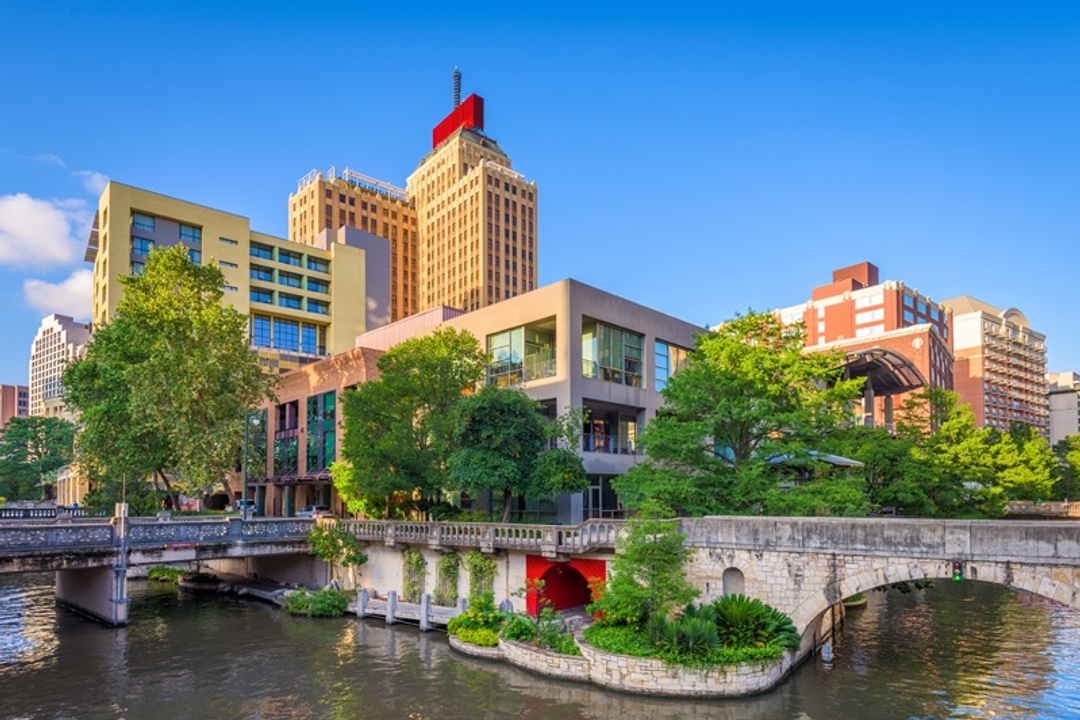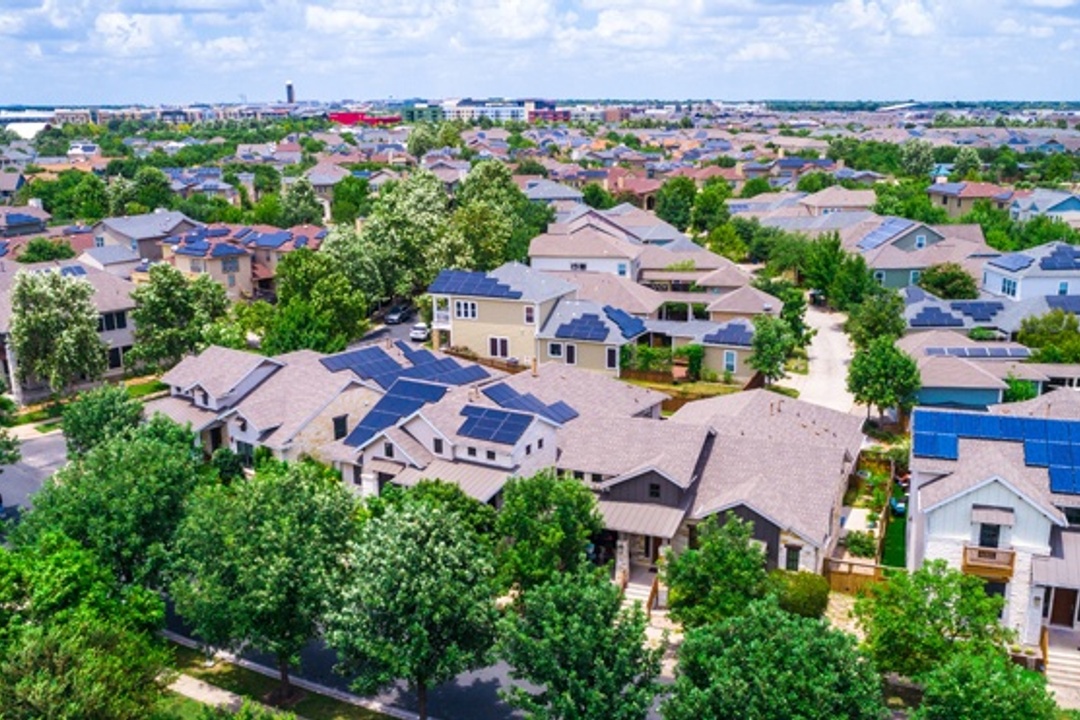
Despite a global pandemic and economic recession, the Austin housing market held strong in 2021 and the future is looking even brighter for this beautiful Texas city.
A steady increase in jobs and continual influx of newcomers attracted to a better quality of life and more affordable living has led to housing sales of unprecedented numbers. Home values continue to appreciate as the inventory dwindles in the face of ever-growing demand.
Austin Housing Market Report

The Austin housing market is showing no signs of the typical year-end slump. The Austin Board of Realtors (ABOR) is reporting that housing inventory throughout the area is at a record low and the median sales price continues to rise. Despite a global pandemic and economic downturns, Austin’s real estate market has continued to thrive.
The December 2021 Housing Report displayed some impressive numbers for the Austin- Round Rock Metropolitan Statistical Area, which includes Austin and Travis County, as well as Williamson, Hays, Bastrop, and Calwell Counties.
Median Sales Price is up 30.8% to $450,000 in the Austin Round Rock MSA. Within city limits, Austin saw a 27% rise to $536,331.
Average Days on Market has dropped to 20 days on the market, 25 days fewer or 55.6% less than in 2020. Additionally, active listings are down 48.2% from this time last year. There are fewer homes on the market and they are selling much faster.
There is currently less than .6 months of inventory to support the rapidly rising housing demand. This record low, according to Romeo Manzanilla, 2020 ABOR President, “will put enormous pressure on home prices and the rental market.”
Total sales dollar volume is currently at $23 billion, which is a staggering 32.6% increase year over year.
Austin Real Estate Forecast for 2022

Austin’s real estate star is predicted to continue to rise in 2022. Steady population growth coupled with low supply means that home values will continue to rise.
The area experienced a 29.8% population growth from 2010-2019; by comparison, the national average for that same time period was just 6.3%.
This meteoric population growth is not expected to slow down in the future. The Texas Demographic Center is predicting a further 27.6% increase between 2020 and 2030.
All of these new people need places to live, which is contributing to the record low housing inventory. ABOR showed a 0.9 month inventory in homes on the market for the Austin- Round Rock MSA in 2020, marking the first time in recorded history that the inventory level has dropped below 1 month. The Texas A&M Real Estate Center reports that a balanced real estate market would have an average of 6.5 months of inventory, anything below that will cause rising prices as demand outweighs supply.
Record sustained population growth combined with record-low supply have created the perfect storm of rising prices for the market. Zillow predicts that that home values in the Austin area will rise further in 2022.
While the rising prices will undoubtedly make homeowners and investors happy, there is concern that the market’s rapid rise is simply not sustainable. There are a finite number of properties available and, with nearby areas increasing in price as well, some buyers may simply be priced out of the market.
“Central Texans who could not find a property within Austin’s city limits have historically been able to expand their searches outward to find a home.” Explained Manzanilla, “But, when the entire region has virtually zero inventory, its leaders must think about how such a broad lack of housing will ultimately impact Austin’s suitability as a destination for businesses and economic growth.”
Nationally, experts are predicting an uptick in home sales as more people look to buy homes in 2022 and take advantage of low mortgage rates. Tendayi Kapfidze, Chief Economist at Lending Tree affirmed that mortgage rates are expected to remain low in 2022. Coupled with 2021 savings rollover, student loan forgiveness, and potential additional downpayment support policies by the incoming Biden administration, this could pave the way for more buyers to be able to afford a down payment.
All experts are predicting that Austin will remain a highly-competitive seller’s market in the coming year. Those looking to buy in the area should proceed with patience, present a strong offer, and be prepared to bid against other buyers. While sellers can expect to get top dollar for their property, they should be prepared for their home to sell quickly. For those looking to move within the city, this could mean selling their home before they are able to find a new one.
Companies Moving to Austin and the Job Market

One of the greatest benefits to Austin’s economy during 2021 was its strong tech presence. Nicknamed “Silicon Hills,” Austin has become a magnet for innovators and tech giants like IBM, Google, Facebook, and Apple. These companies adapted well to shifting their employees to working from home, helping to shelter Austin’s economy from the greater economic downturn and keeping the job market stable.
In addition to stabilizing, the tech industry was responsible for a large amount of jobs in 2021. Built in Texas reported that 32 companies had announced 9,660 new jobs in Austin as of October 2020. Amazon opened three new locations in Kyle, Round Rock, and Pflugerville, and other tech companies like Canva and Airtable opened offices in Austin.
2022 will see an influx of new companies, bringing jobs and housing demands with them. In July 2020, Elon Musk announced that he would be building Tesla’s new Cybertruck factory in Austin. The new 1.1 billion dollar gigafactory will create 5,000 new jobs, from entry-level to highly specialized positions, and will be opening its doors soon.
Another big name joining the Silicon Valley exodus to Austin is Oracle, the largest cloud service company and second-largest software provider in the world. They announced in December that they would be moving their corporate headquarters to Texas’ capital city in the coming year. Current employees will have the option to relocate or work remotely. While it is currently unclear what impact Oracle’s move will have on the Austin job and housing markets, it is undeniable that it will have one.
The migration of companies, jobs, and, with them, people into the Austin area will continue and it will continue to put further strain on the already taxed housing market. While low taxes and financial incentives draw these companies in, it will be up to the city and county governments to find a solution to the increasing housing shortage that threatens the city’s continued meteoric growth.
Austin’s Rental Market

With six local colleges and universities, Austin has long been a majority rental market to accommodate those students. The University of Texas at Austin alone boasts 500,000 students and faculty. Many students choose to stay in Austin once they graduate due to its abundant job opportunities, leading to a large demographic of young professionals who traditionally rent. Neighborhood Scout reports that 55% of Austin residents are renters.
Rental prices have increased by 93% over the last 10 years, thanks to the same housing shortage that is affecting home prices. This rent increase is the highest in the country. Kevin P. Scanlan, 2019 President of ABOR, explained that apartments are at an average occupancy of 95 to 99%, allowing them to raise rent prices due to high demand.
Rents remain high and are rising rapidly, ApartmentList reported that 2021 saw an increase of 24.3% in Austin. The median rent for a 2 bedroom apartment in Austin still sits at $1,821, above the national average.
Should You Invest in the Austin Market in 2022?

Consistently ranked in the top three Best Places to Live by US News and World Report, Austin has long been attractive to those looking to relocate. The robust job market, lifestyle, events, and numerous public spaces draw those looking for a better quality of life.
Constant demand and a strong rental market make Austin a very attractive market for investors as well. While the median home price is currently above the national average, it is still much lower than those of other major metropolitan areas like Los Angeles, where the median home value is $878,000.
Is the Austin Market in a Bubble?
Austin’s ever-rising home prices may look like a housing bubble, but the truth is the market just hasn’t been able to keep up with the growing demand for housing. Extremely high population growth coupled with extremely low inventory has created a high demand seller’s market that will continue into the foreseeable future.
Austin’s economy continues to be strong, and, with the 169 people added to the population each day, the demand for housing, both sales, and rentals, will remain high as well. As the country hopefully moves past the pandemic in 2022, there may be an increase in inventory as people feel ready to sell. That will ease some of the pressure currently felt, but it will not cause a dramatic drop in prices or a market collapse. Austin is predicted to continue as a strong seller’s market throughout 2022.

Neighborhoods with High Appreciation
Home values are rising throughout the Austin-Round Rock MSA, but there are areas where appreciation has been steady and unceasing. Neighborhood Scout reported 10 Austin neighborhoods with the greatest appreciation since 2000. Located primarily in East Austin, these areas will get any buyer the greatest return on investment.
* Pershing
* E Cesar Chavez St/1st St E
* E 12th St/Chicon St
* Nile St/N Pleasant Valley Rd
* Govalle Ave/Webberville Rd
* E Martin Luther King Jr Blvd/Poquito St
* Houston-Tillotson U/E 11th St
* Ed Bluestein Blvd/Bolm Rd
* S Pleasant Valley Rd/S Lakeshore Blvd
* E Riverside Dr/Montopolis Dr
Austin Suburbs Worth Watching
As we mentioned previously, buyers in Austin have increasingly been looking to nearby suburban communities to solve their housing needs. Increased demand and rising prices in these areas mean they are no longer always the cheaper option, but buyers will find quieter living and more space.
Buyers who want to invest in one of these fast-growing areas should look at:
1. Round Rock
2. Cedar Park
3. Kyle
4. Buda
5. Georgetown
With a thriving economy and robust job market, Austin’s housing market is one of the strongest in the country, and there is every indication that it will continue to grow and flourish into the new year. If you are ready to look for a home in the Austin area, visit us at Better Homes and Gardens HomeCity to get started.

